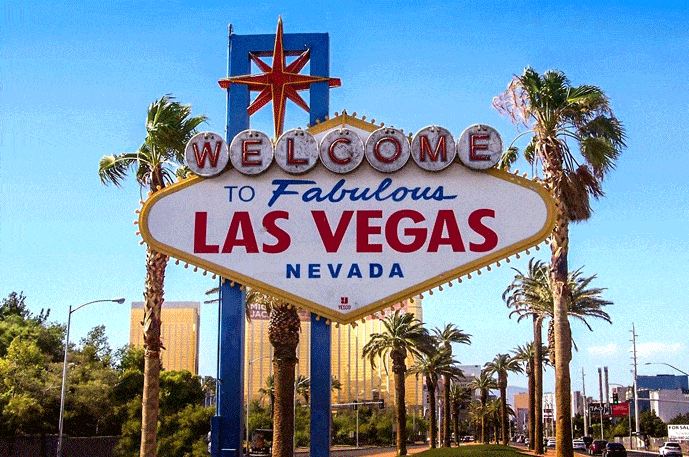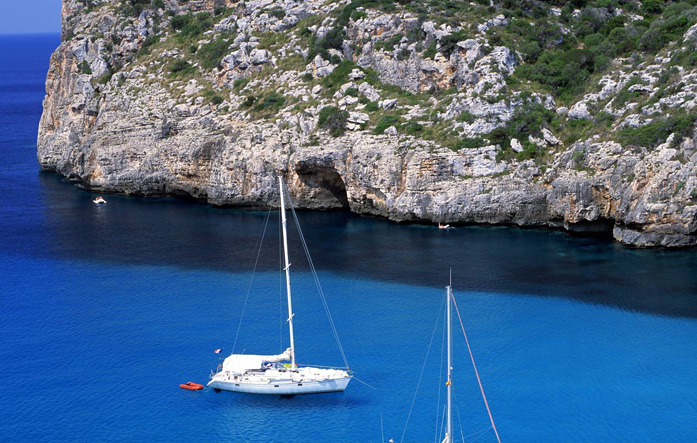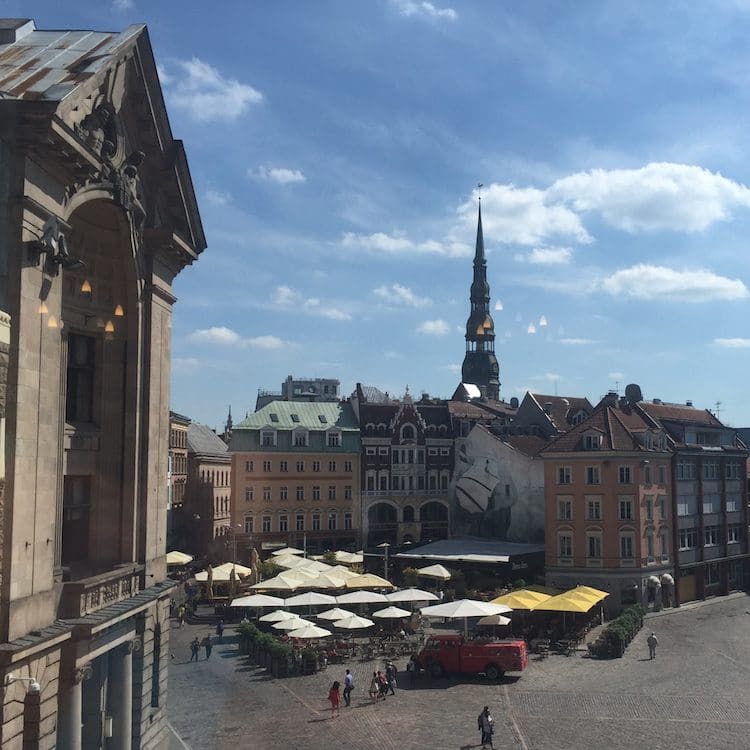words Alexa Wang
When most people think of the ideal North African holiday to explore a vibrant culture and deeply-rooted history, Egypt is often the first country to spring to mind. However, just along the Meditteranean coast beside its neighbor Libya, a new competitor for the title of ‘best North African destination’ is on the rise: Tunisia.
Tunisia is well worth visiting for a wide variety of reasons. Although it is becoming increasingly popular as a beach destination because of its long coastlines bordering the Mediterranean and crystal-clear waters, the history and culture of the country are just as big of a draw.
Tunisia is perhaps most famous for its wide array of historical attractions, including the ancient city of Carthage in Tunis, and the huge Amphitheater of El Jem near Sousse, which show off the influences of various civilizations that have settled in the country over the years.
Now you know where Tunisia is located and some of the things that make it special, read on to discover what you should plan to include on an itinerary when visiting the country.
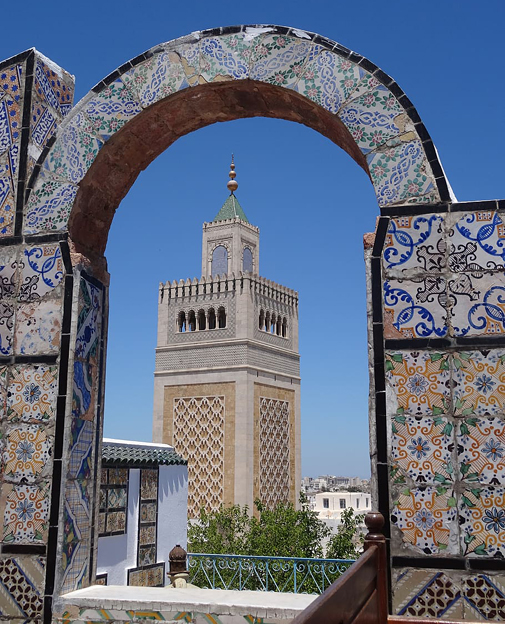
The Vibrant Capital City
The most obvious destination for a holiday in the country is Tunis, the capital of Tunisia, a city both full of metropolitan delights and brimming with history.
The first stop for any tourists traveling to Tunis should be the ancient ruins of the city of Carthage in the north of the city. First established by the Phoenicians in the 9th century BC, this old-world trading empire was later destroyed by the Romans before being rebuilt as a Roman colony.
Nowadays, the site operates as the Carthage Paleo-Christian Museum to exhibit the archaeological artifacts excavated from the ruins over the years, and tourists can also explore the ancient remains of structures including the Roman-era Antonine baths.
Visitors to Tunis who want to learn about the region’s history should also make sure they visit the Bardo Museum, as well as take a stroll through the old Medina of Tunis, a vibrant maze of narrow streets sheltering a wealth of historic palaces and marketplaces.
The Wealth of Historical Sites
As mentioned, Tunis is home to the ancient city of Carthage as well as the historic Medina, but these are just 2 of the 7 cultural UNESCO World Heritage sites in Tunisia.
Other historically significant sites scattered throughout Tunisia include the Medina of Sousse, a port city located just 140 kilometers south of the capital, and the ruins of the Roman town Dougga, which includes a well-preserved mausoleum and baths.
A further well-preserved Roman monument in Tunisia is the Amphitheatre of El Jem, the largest coliseum in North Africa, located just south of Sousse.
Not far away is Kairouan, an ancient city steeped in rich architecture, including the enormous Great Mosque of Uqba, the site of an important religious pilgrimage in the country.
The final World Heritage site in Tunisia, the Punic Town of Kerkuane and its Necropolis, is around a 2-hour drive from Tunis on the Sharīk Peninsula. As this ancient settlement was never rebuilt by the Romans, it offers a unique glimpse into Tunisia’s early civilizations.
The Delicious Cuisine
In terms of food, Tunisia is most famous for its couscous-based dishes, as the grain is a common staple in the country. Tunisian couscous dishes come in many forms, whether accompanied by meats, vegetables, or potatoes and is often served with harissa, a popular local spicy paste.
However, there are a number of other fantastic typical Tunisian dishes you can try when in the country, including Shakshuka, a stew-like dish prepared with tomatoes, onions, garlic, and green peppers, and topped with poached eggs, and Lablabi, a chickpea-based soup.
Tunisian desserts also impress – the fried almond bates and date-filled pastries are the perfect way to finish a meal- and the country is also well known for its exceptionally fresh seafood dishes.
Star Wars Filming Locations
If you are a fan of George Lucas’ epic space saga, then you’ve probably seen Tunisia on screen many times without even realizing it, as the country has doubled for Luke Skywalker’s home planet Tatooine across various Star Wars films.
Even better news for fans: many of the sets used are still standing, and there are a number of tour operators in the country who run guided visits of all of the key Star Wars filming locations in Tunisia.
Star Wars tours have given Tunisian tourism a big boost, as crowds of tourists now flock to the Tataouine area every year toexplore the alien streets of the specially-constructed Mos Espa set, and visit the traditional Berber granaries which stood in for young Anakin Skywalker’s slave quarters.
Many of the tours also take visitors deep into the Sahara by 4×4, across various dramatic desert vistas used as backdrops in the Star Wars films. One of the most romantic places you can visit is, surprisingly, the clifftop where the Evil Darth Maul made his hideout, as it lets you take in some spectacular sunsets over the desert.
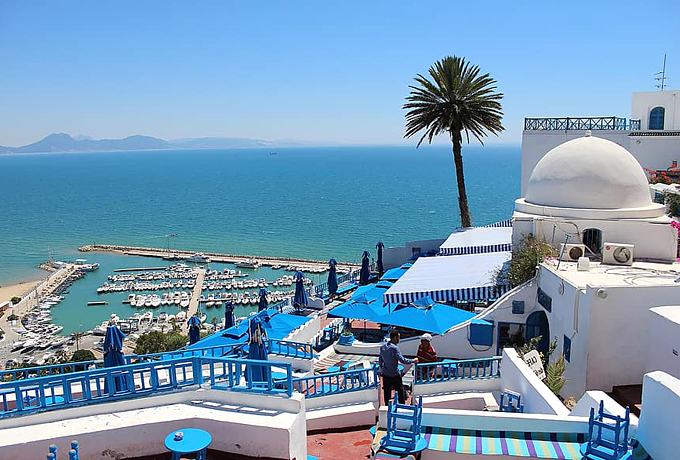
The Stunning Seaside Towns
After exploring the arid Sahara desert on a Star Wars tour, it’s likely you’ll want nothing more than to take a cool dip in the Mediterranean. Luckily, the country has a long coastline, and there are a number of stunning beaches in Tunisia.
Hammamet, Tunisia’s most famous resort town, is widely considered to have some of the best beaches in the country. The resort is located just an hours’ drive from Tunis, and its clear waters and golden sands have also made it a popular water sports destination in Tunisia.
Port El Kantaoui, located nearby on the coast of the Gulf of Hammamet, is another popular seaside resort to benefit from fantastic beaches, and also offers sports fans an 18-hole golf course.
But perhaps the most striking seaside spot in Tunisia is Sidi Bou Said, located just 17 kilometers from Tunis city center and right next to the Carthage archeological site. This charming town has long been a favorite retreat for the artistic community, who find inspiration in the striking blue-and-white architecture.
Author Bio:
Susan Noel is an experienced content writer. She is associated with many renowned travel blogs as a guest author where she shares her valuable travel tips with the audience.

